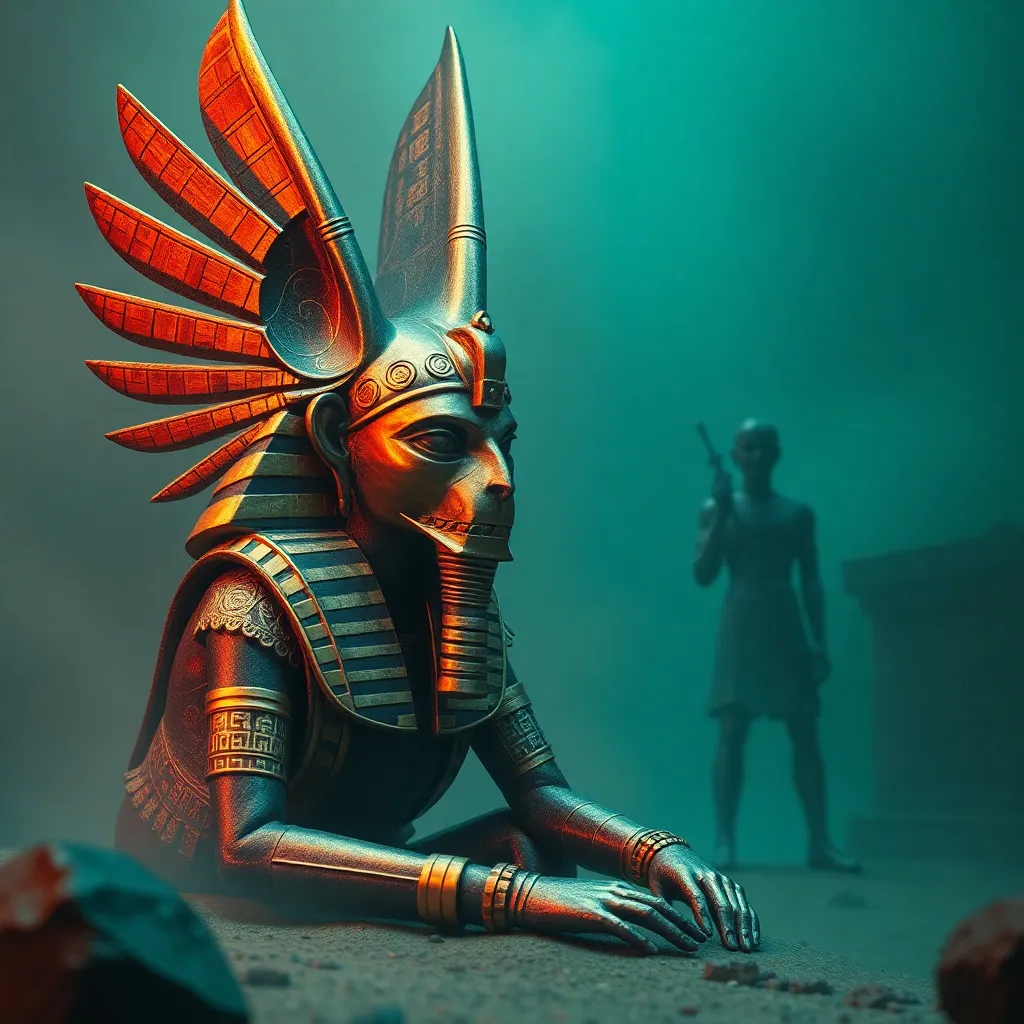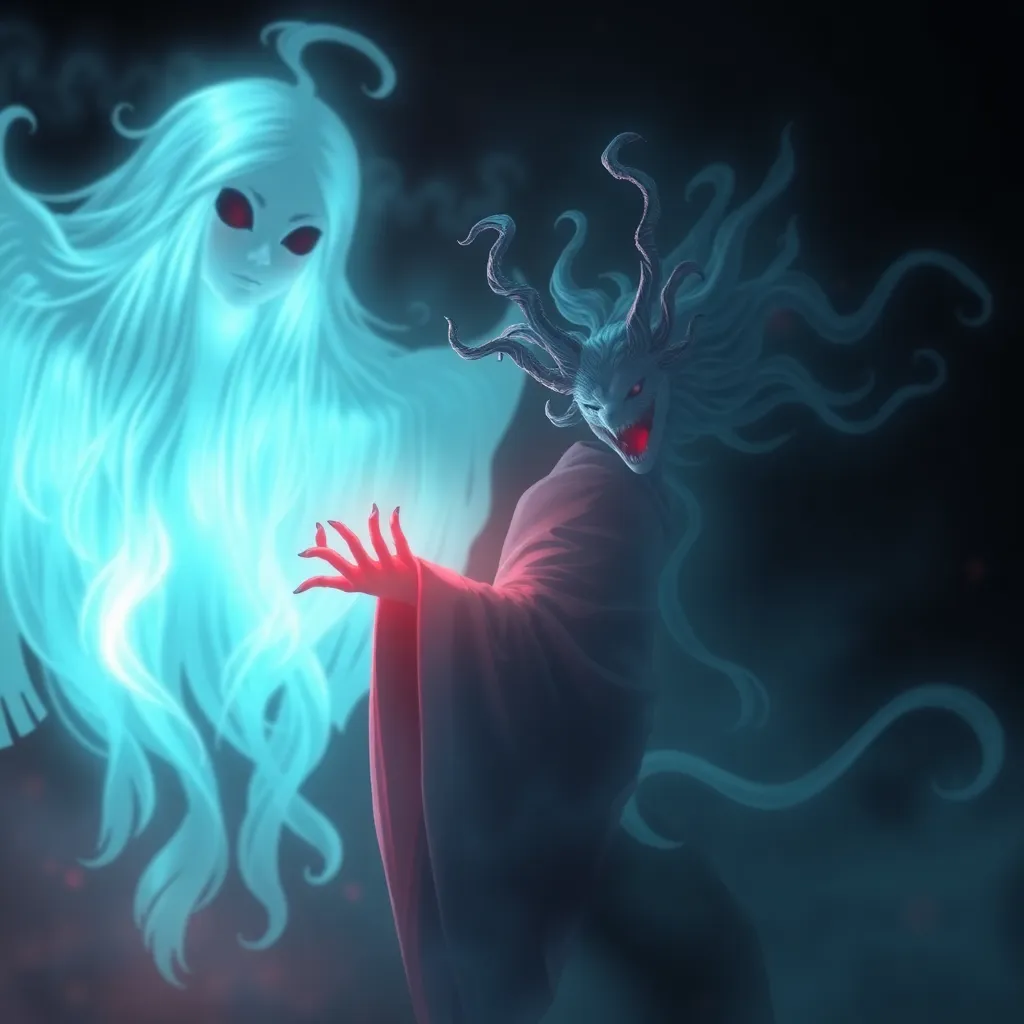The Werewolf’s Fable: Examining the Role of Storytelling, Folklore, and Oral Tradition in the Spread of Werewolf Legends
I. Introduction
Werewolf legends, tales of humans transforming into wolves or wolf-like creatures, have captivated human imagination for centuries. These myths often portray the struggle between civilization and primal instincts, embodying themes of transformation, identity, and fear. The importance of storytelling in folklore cannot be overstated; it acts as a vessel for cultural values, communal identity, and historical continuity. This article will explore the role of oral tradition in the dissemination of werewolf legends, examining their historical context, the impact of folklore, storytelling techniques, and contemporary interpretations.
II. Historical Context of Werewolf Legends
The origins of werewolf myths can be traced back to ancient cultures, where they were often linked to various societal fears and natural phenomena.
- Ancient Civilizations: In ancient Greece, the myth of Lycaon, who was transformed into a wolf by Zeus, highlights the divine punishment and the connection between humans and animals.
- Medieval Europe: During the Middle Ages, werewolves were often associated with witchcraft and the devil, leading to widespread fear and persecution.
- Indigenous Cultures: Various indigenous cultures have their own versions of shapeshifting legends, often reflecting their relationship with nature and animals.
Over time, the narrative surrounding werewolves has evolved, influenced by societal changes, fears, and cultural exchanges. Regional variations, such as the French loup-garou and the Scandinavian vargkors, showcase the diverse interpretations of the werewolf myth.
III. The Role of Oral Tradition in Preserving Werewolf Lore
Oral storytelling serves as a crucial mechanism for preserving werewolf lore. The mechanics of oral storytelling involve:
- Repetition: Stories are often repeated in a communal setting, reinforcing memory and cultural significance.
- Adaptation: Tales can evolve as they are retold, allowing for the incorporation of contemporary issues and local flavors.
- Performance: The storyteller’s delivery, encompassing tone, pace, and gestures, adds depth to the narrative.
Key figures in the transmission of werewolf stories include elders, shamans, and community storytellers, who play a vital role in maintaining cultural heritage. The impact of oral tradition extends to community identity, as shared stories foster a sense of belonging and continuity among members.
IV. Folklore and Its Impact on Werewolf Legends
Folklore is deeply intertwined with societal values, often reflecting the fears, morals, and aspirations of a community. Werewolf tales frequently contain moral lessons about the dangers of losing control or succumbing to base instincts.
- Moral Lessons: Many werewolf stories serve as cautionary tales, warning against the consequences of unchecked desires or behaviors.
- Transformation and Duality: The symbolism of transformation in werewolf legends highlights the duality of human nature—the struggle between civility and savagery.
Through these narratives, communities articulate their values, fears, and the complexities of human nature, making werewolf legends a rich source of cultural insight.
V. Storytelling Techniques in Werewolf Legends
The effectiveness of werewolf legends lies in their storytelling techniques, which include:
- Narrative Structures: Common motifs include the hero’s journey, encounters with the supernatural, and climactic transformations.
- Fear and Suspense: The deliberate pacing and buildup of tension create a gripping atmosphere, essential for engaging the audience.
- Local Dialects: The use of regional dialects and cultural references enhances authenticity and relatability, grounding the stories in specific cultural contexts.
These techniques not only serve to entertain but also facilitate deeper connections with the audience, reinforcing communal ties and shared experiences.
VI. The Transition to Written Accounts
The advent of literature marked a significant shift in the evolution of werewolf legends. Written accounts allowed for the preservation and dissemination of these tales beyond oral traditions.
- Impact of Literature: The transition to written storytelling enabled a wider audience to access werewolf myths, influencing their perception and interpretation.
- Notable Works: Texts such as The Werewolf by Angela Carter and The Wolfman by Paul Naschy shaped modern conceptions of werewolves, intertwining horror with human psychology.
- Interplay between Oral and Written: Many modern interpretations still draw heavily from oral traditions, blending them with contemporary themes.
This interplay between oral and written storytelling continues to enrich the werewolf mythos, allowing for a dynamic evolution of the narrative.
VII. Contemporary Interpretations and Adaptations
In modern media, werewolves have found new life through various portrayals in film, literature, and television.
- Film and Television: Productions like Teen Wolf and The Howling have reinterpreted werewolf myths, often focusing on themes of adolescence and identity.
- Resurgence of Interest: There is a growing fascination with traditional folklore, as seen in the popularity of series that explore mythological themes.
- Reinterpretation: Contemporary storytelling often reexamines werewolf myths to reflect modern societal issues, such as mental health and personal conflict.
These adaptations demonstrate the enduring relevance of werewolf legends, as they continue to resonate with contemporary audiences.
VIII. Conclusion
The legacy of werewolf legends remains robust in culture, embodying the complexities of human nature and societal fears. The importance of storytelling as a vehicle for cultural preservation is evident in the persistence of these myths through oral tradition and literature.
As we navigate the contemporary world, the relevance of folklore in understanding our identities and the human experience cannot be understated. Werewolf legends serve as a reminder of our shared fears and desires, encapsulating the eternal struggle between our civilized selves and our primal instincts.



